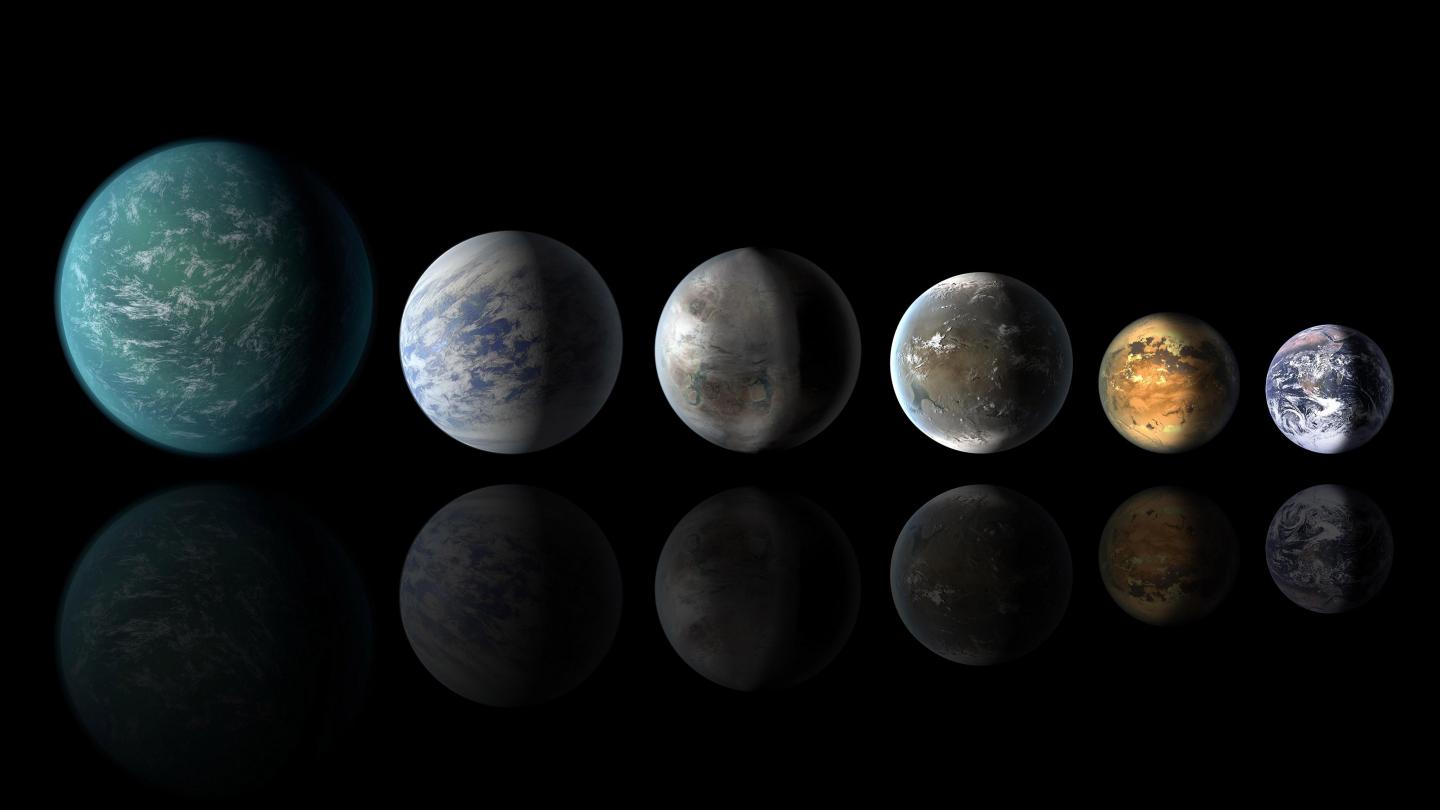In 1960, while preparing for the first meeting on the Search for Extraterrestrial Intelligence (SETI), legendary astronomer and SETI pioneer Dr. Frank Drake unveiled his probabilistic equation for estimating the number of possible civilizations in our galaxy – aka. The Drake Equation. A key parameter in this equation was ne, the number of planets in our galaxy capable of supporting life – aka. “habitable.” At the time, astronomers were not yet certain other stars had systems of planets. But thanks to missions like Kepler, 5523 exoplanets have been confirmed, and another 9,867 await confirmation!
Based on this data, astronomers have produced various estimates for the number of habitable planets in our galaxy – at least 100 billion, according to one estimate! In a recent study, Professor Piero Madau introduced a mathematical framework for calculating the population of habitable planets within 100 parsecs (326 light-years) of our Sun. Assuming Earth and the Solar System are representative of the norm, Madau calculated that this volume of space could contain as much as 11,000 Earth-sized terrestrial (aka. rocky) exoplanets that orbit within their stars’ habitable zones (HZs).
Continue reading “If Earth is Average, We Should Find Extraterrestrial Life Within 60 Light-Years”


